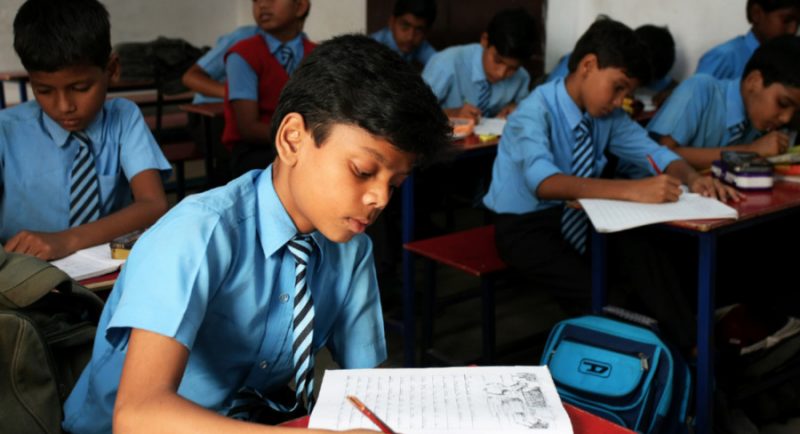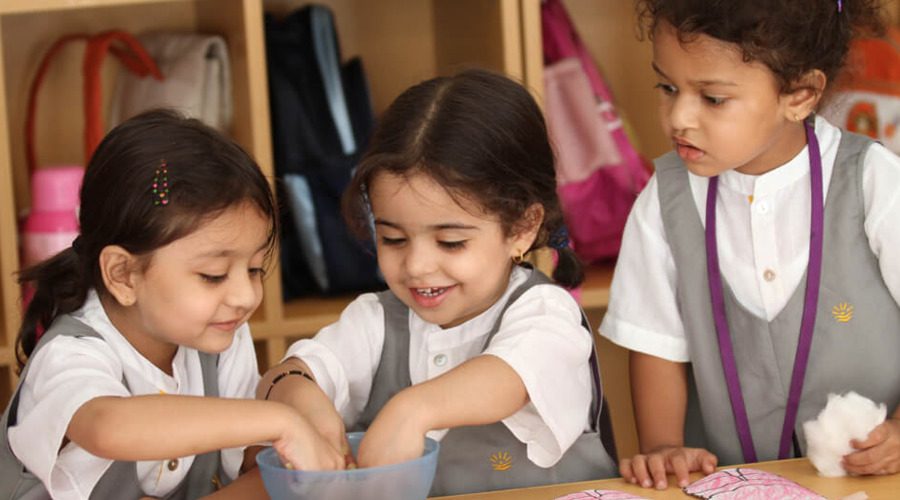The educational system of ancient India represents a rich tapestry interwoven with profound influences from the prevailing social structures, religious beliefs, and philosophical ideologies of the time. This complex system has undergone significant evolution over millennia, continuously adapting to the shifting needs of society while significantly influencing contemporary educational practices globally including Indian schools in UAE. The historical depth of Indian education illustrates a journey of adaptation and transformation that has bridged ancient traditions with modern educational demands.
Page Content
Historical Context and Social Structures
In ancient India, the intertwining of education with the caste system and social order was profound. The Brahmins, serving as priests, played a critical role as custodians of knowledge and religious texts. Their responsibility extended beyond mere preservation; they were pivotal in the development and dissemination of educational content. The caste system significantly influenced educational accessibility, often reserving higher learning and certain types of knowledge exclusively for the upper castes. This restriction shaped the intellectual landscape of society, determining who could participate in and benefit from formal education.
Religious Influences on Education
Religious doctrines fundamentally shaped the educational landscape of ancient India, with Hinduism and Buddhism particularly influential in molding the educational paradigms.
Hinduism
Within the Hindu tradition, the Gurukula system was paramount. This residential schooling system, where students lived with their guru in an ashram, emphasized a curriculum that included spiritual, moral, and intellectual elements—dharma (duty), artha (knowledge), and moksha (liberation). This system not only focused on imparting knowledge of the Vedas and Upanishads but also integrated these teachings into the everyday lives of students, promoting a holistic development that was intrinsically tied to religious and ethical grounding.
Buddhism
Buddhism challenged the exclusivity of education propagated by the caste system by offering a more inclusive educational approach. Monasteries served dual roles as centers of worship and education, providing a platform for a broader demographic to access education. This inclusive educational approach emphasized personal enlightenment and ethical conduct, making education accessible to all segments of society and fostering a culture of widespread educational pursuit.

Brahmins and Their Educational Role
The Brahmins, revered in ancient Indian society for their intellectual and spiritual leadership, were predominantly responsible for the religious and educational upliftment of society. Their education was deeply imbued with religious responsibilities, focusing on the transmission of sacred texts and performing religious rituals. The role of Brahmins was not only to serve as educators but also as cultural and spiritual mediators, which reinforced their authoritative and revered status within the educational and religious hierarchies of ancient India.
Ancient Educational Centers
Prominent educational centers like Takshashila, Nalanda, and Vikramashila marked the landscape of ancient India, serving as beacons of higher learning and scholarly excellence. These institutions attracted scholars globally and offered a diverse curriculum that included philosophy, medicine, mathematics, and astronomy. They were not merely centers of learning but also hubs of cultural exchange and intellectual development that contributed significantly to the knowledge and cultural wealth of ancient India and the world.
Development Through the Ages
Indian education has undergone a significant evolution from its ancient roots, characterized by the Gurukula system, through various educational reforms and ideologies, especially during British colonial rule. The introduction of Western educational models during the colonial era marked a pivotal change, establishing structured schools and universities and integrating Western curricula. Post-independence, India has continued to refine its educational system to cater to its diverse population, leading to the proliferation of educational institutions that address a wide spectrum of academic and professional needs.

Modern Popularity and Global Influence
Indian education today is known for its rigorous academic standards, especially in areas such as math and science. Institutions such as City School in Ajman, which follows the CBSE curriculum, exemplify the integration of high quality, comprehensive education with international standards. The cost of tuition in this school, for example in class 5 will be AED 10000. These schools not only uphold India’s rigorous educational values, but also adapt them to the global context, ensuring that Indian education remains relevant and attractive in the international arena.
Conclusion
The transformation of Indian education from the ancient Gurukula system to contemporary international schools encapsulates a journey influenced by deep-seated social, religious, and cultural dynamics. This evolution reflects India’s ongoing commitment to maintaining the foundational values of its ancient educational systems while innovatively meeting contemporary educational demands. As India progresses in its educational endeavors, it remains a unique and influential force in the global educational landscape, bridging past and present, and tradition with innovation.


